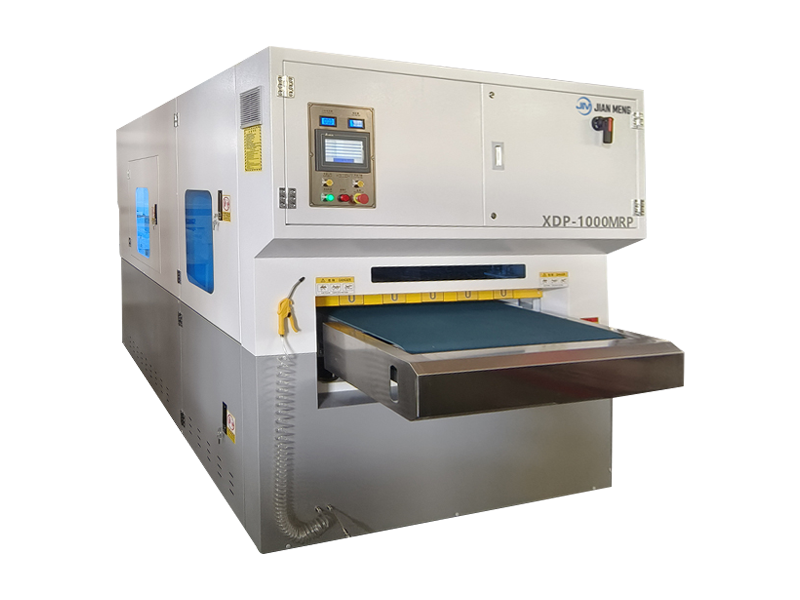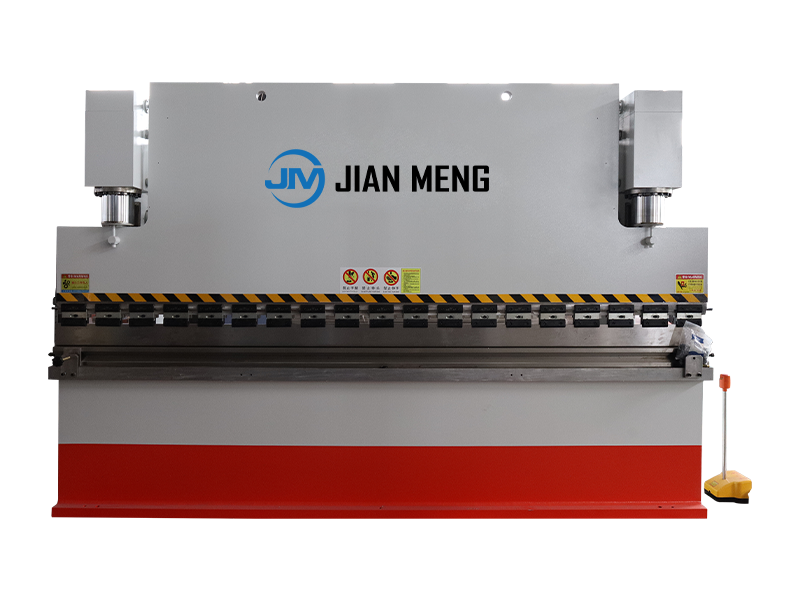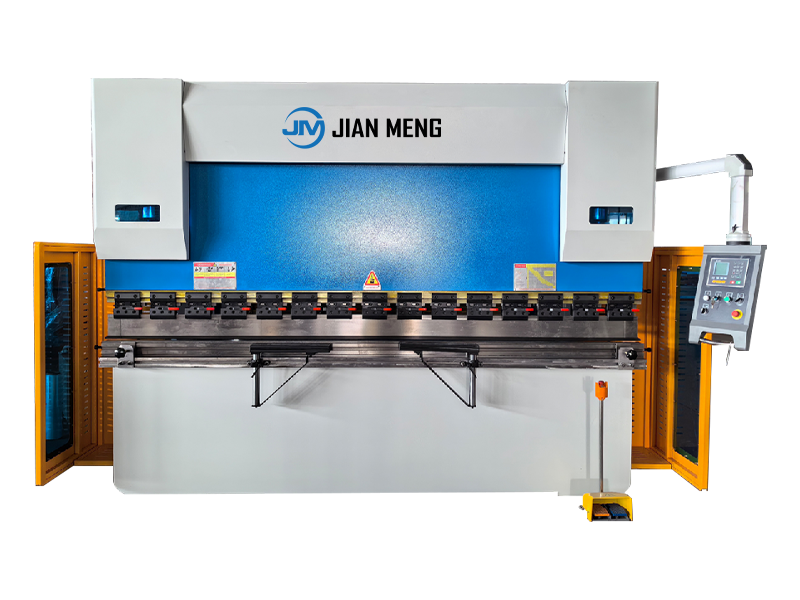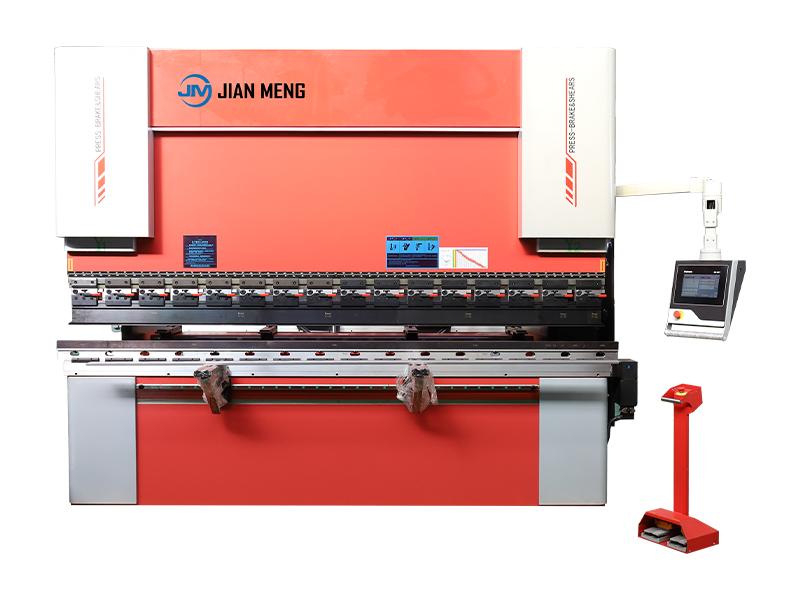In precision manufacturing, the performance of a
deburring machine directly impacts part quality, production efficiency, and workplace safety. With options ranging from manual bench-top units to automated CNC centers, selecting the right machine requires evaluating features that align with your material type (e.g., aluminum, stainless steel), part complexity (simple flat sheets vs. 3D aerospace components), and production volume (low-batch prototypes vs. high-volume mass production). This guide outlines the critical technical and operational features to prioritize, ensuring your deburring machine delivers consistent results, minimizes downtime, and meets long-term productivity goals.
1. Material & Part Versatility
A versatile deburring machine adapts to diverse workpiece requirements, eliminating the need for multiple specialized tools. Key indicators of versatility include:
- Material Compatibility:
- Ability to handle a range of materials (ferrous: steel, stainless steel; non-ferrous: aluminum, brass; plastics; composites). For example, a machine designed for hard stainless steel should also accommodate soft aluminum without causing surface damage (via adjustable abrasive grit or brush material).
- Support for varying material thicknesses (e.g., 0.1 mm thin sheet metal to 50 mm thick cast parts) through adjustable feed rates or pressure settings.
- Part Geometry Flexibility:
- For flat/simple parts (e.g., laser-cut brackets): Compatibility with wide workpieces (up to 2 m for sheet metal) and straight-edge deburring.
- For complex 3D parts (e.g., engine blocks, turbine blades): Access to recesses, holes, or internal channels via articulating tools (e.g., 6-axis robotic arms) or specialized media (e.g., small ceramic pellets for vibratory finishing).
- Tool/ Media Interchangeability:
- Quick-change systems for abrasives (belts, discs), brushes (nylon, steel, brass), or finishing media (ceramic, plastic). This reduces setup time when switching between tasks (e.g., from deburring steel to rounding aluminum edges).
Example: A CNC deburring center with interchangeable spindle tools (brushes, abrasive bits) and adjustable pressure settings can handle both delicate electronic connectors (0.5 mm thick) and heavy-duty industrial brackets (10 mm thick).
2. Precision & Process Control
Deburring is not just about removing burrs—it requires maintaining tight part tolerances (often ±0.01–0.1 mm) and consistent edge quality (e.g., radius, surface finish). Prioritize machines with:
- Programmable Process Parameters:
- CNC or digital controls to adjust critical variables:
- Abrasive Speed: 5–20 m/s for belts/discs (slower speeds for soft materials to avoid over-removal; faster speeds for hard metals).
- Pressure: 1–10 N for delicate parts (e.g., medical implants); 50–100 N for heavy burrs (e.g., welded components).
- Tool Path Accuracy: ±0.01 mm for 3D parts (via servo-driven axes or linear encoders) to ensure burrs in recesses are targeted without damaging part features.
- In-Process Monitoring:
- Vision systems or laser scanners to:
- Detect burr locations (critical for parts with hidden features, such as drilled holes).
- Verify edge radius compliance (e.g., ensuring a 0.3 mm radius meets ISO 13715 standards).
- Adjust parameters in real time (e.g., increasing pressure if a burr is not fully removed).
- Repeatability:
- Consistent performance across batches (e.g., <0.05 mm variation in edge radius for 1,000 identical parts). This is critical for industries like automotive or aerospace, where part uniformity is mandatory.
Use Case: A medical device manufacturer requires a deburring machine with vision-guided precision to remove micro-burrs (0.01 mm) from titanium surgical tools without altering their 0.5 mm diameter—only a machine with closed-loop feedback can meet this requirement.
3. Operational Efficiency & Throughput
Efficiency directly impacts production costs. Look for features that reduce cycle time, minimize labor, and lower downtime:
- Automation Level:
- Low Volume: Semi-automated loading (e.g., manual part placement with automated deburring) for small batches (10–100 parts/day).
- High Volume: Fully automated systems with:
- Conveyor belts or robotic load/unload arms (to handle 1,000+ parts/hour).
- Integrated part sorting (e.g., separating good/bad parts post-deburring).
- Batch programming (storing 50+ process recipes for quick job switching).
- Cycle Time Optimization:
- High processing speeds (e.g., 20 m/min for sheet metal on abrasive belt machines).
- Parallel processing (e.g., deburring multiple parts simultaneously in a vibratory tumbler).
- Maintenance & Downtime Reduction:
- Easy access to wear parts (e.g., quick-change abrasive belts, tool-less brush replacement).
- Predictive maintenance alerts (e.g., sensors that notify operators when a brush is worn or an abrasive needs replacement).
- Self-cleaning systems (e.g., vacuum attachments to remove debris, preventing clogs in tools).
Data Point: An automated CNC deburring machine can process 5x more parts per hour than a manual unit, while reducing labor costs by 70% over a year.
4. Durability & Build Quality
A deburring machine is a long-term investment—durability ensures it withstands harsh manufacturing environments (e.g., metal dust, vibration) and avoids costly repairs. Key durability features include:
- Robust Construction:
- Frame materials: Heavy-gauge steel (for stability) or corrosion-resistant stainless steel (for wet environments, e.g., electrochemical deburring).
- Component quality: Industrial-grade motors (IP54-rated for dust/water resistance), hardened steel tool spindles, and high-wear abrasives (e.g., aluminum oxide belts with resin bonding).
- Service Life Expectancy:
- Manufacturers should specify a minimum service life (e.g., 10,000 operating hours for critical components like motors or spindles).
- Compatibility with aftermarket parts (to avoid reliance on proprietary, expensive replacements).
- Vibration Dampening:
- For precision machines (e.g., CNC centers), vibration control (e.g., rubberized feet, reinforced frames) prevents tool chatter, which can damage parts or reduce accuracy.
Red Flag: A low-cost deburring machine with a plastic frame and unbranded motors may fail after 1,000 hours—avoid such units for industrial use.
5. Safety & Compliance
Workplace safety is non-negotiable. Deburring machines pose risks (abrasive contact, flying debris, noise), so prioritize features that meet global safety standards (OSHA 1910, EN ISO 12100):
- Mechanical Guards:
- Enclosures around moving parts (e.g., abrasive belts, rotating brushes) to prevent operator contact.
- Interlocked doors (machine shuts down if a guard is opened).
- Emergency Controls:
- Large, easily accessible emergency stop (E-stop) buttons.
- Overload protection (machine cuts power if pressure/speed exceeds safe limits).
- Hazard Mitigation:
- Noise reduction (e.g., sound-dampened enclosures for machines operating above 85 dB).
- Dust collection systems (HEPA filters to capture metal particles, preventing respiratory hazards).
- Electrical safety (IP65-rated controls for wet environments, ground fault circuit interrupters).
- Compliance Documentation:
- Certifications (e.g., CE marking for EU markets, UL listing for North America) and safety manuals that outline proper operation.
6. Total Cost of Ownership (TCO)
While upfront cost matters, TCO—including operational, maintenance, and energy costs—determines long-term value:
- Energy Efficiency:
- Variable-speed motors (to reduce power consumption when processing soft materials).
- Energy-saving modes (e.g., standby power for machines not in use).
- Consumable Costs:
- Long-lasting abrasives or brushes (e.g., ceramic media in vibratory machines lasts 5x longer than plastic media).
- Compatibility with low-cost, widely available consumables (avoid machines that require proprietary abrasives).
- Warranty & Support:
- Comprehensive warranty (1–3 years for parts, 6–12 months for labor).
- Local service centers (to minimize downtime for repairs).
- Training programs (for operators and maintenance staff, reducing human error).
Example: A $50,000 automated machine may have a higher upfront cost than a $10,000 manual unit, but its lower TCO (reduced labor, energy, and maintenance costs) will offset the difference in 2–3 years.
7. Additional Industry-Specific Features
Depending on your sector, you may need specialized features:
- Aerospace/Medical: Cleanroom compatibility (e.g., stainless steel construction, HEPA filtration) and traceability (e.g., data logging of process parameters for FDA/AS9100 compliance).
- Automotive: High-volume throughput (conveyor integration) and compatibility with oily parts (oil-resistant abrasives).
- Electronics: Static control (anti-static brushes or media) to prevent damage to sensitive components (e.g., circuit boards).


 English
English  中文
中文  Arabic
Arabic  Russian
Russian  Spanish
Spanish  Portuguese
Portuguese  French
French  German
German  Hindi
Hindi  Thai
Thai  Vietnamese
Vietnamese  Khmer
Khmer  Italian
Italian  Turkish
Turkish  Korean
Korean  Belarusian
Belarusian 




